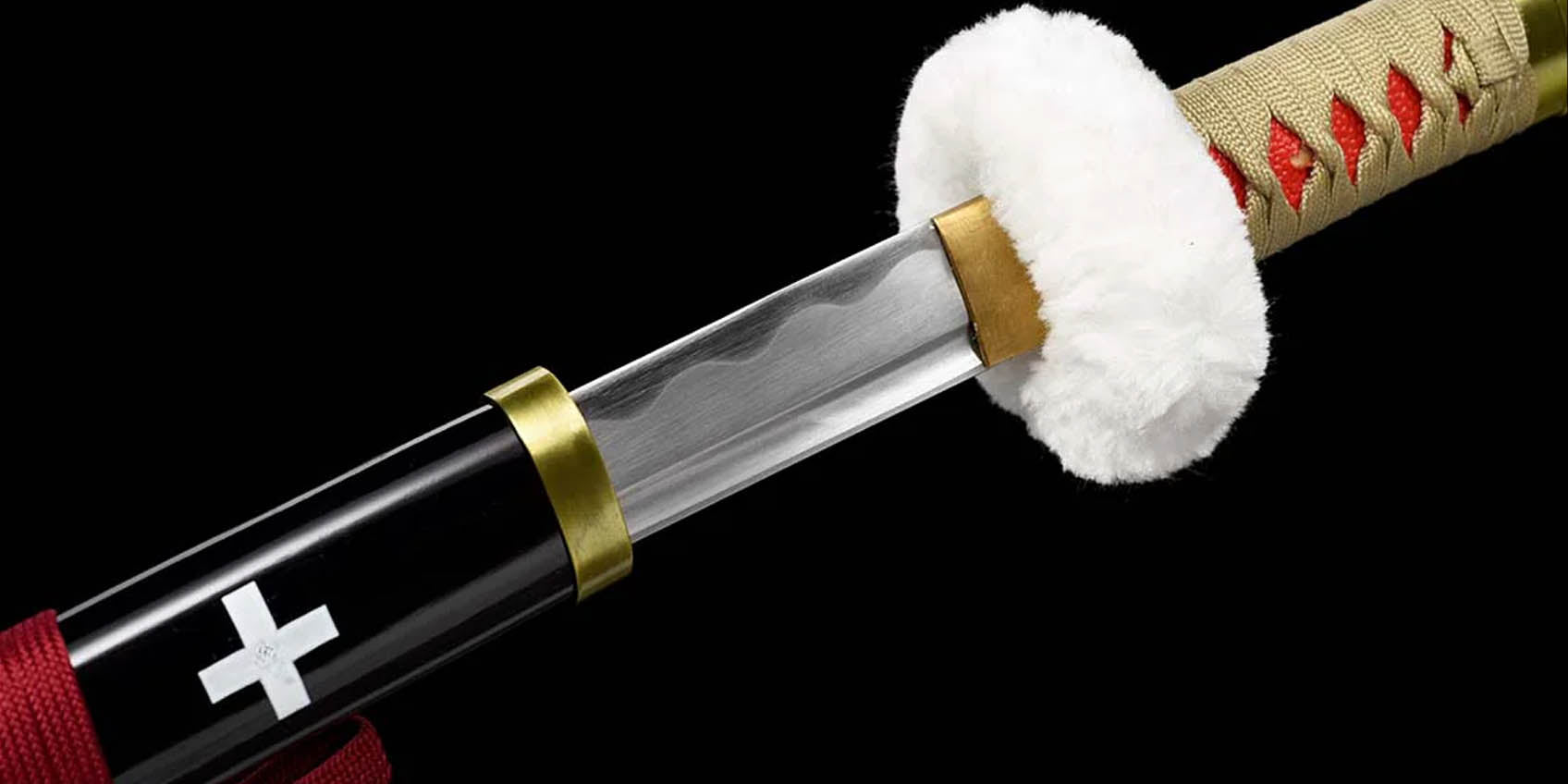Crafting the Perfect 1060 Carbon Steel samurai Swords

The katana, a traditional Japanese sword renowned for its elegance, precision, and history, is a symbol of excellence in the world of blades. A katana is more than just a weapon; it's a work of art and a testament to the craftsmanship of its maker. One of the choices for crafting a katana is 1060 carbon steel, and in this blog, we will delve into the intricate process of forging the perfect 1060 carbon steel katana, highlighting the craftsmanship, techniques, and considerations involved.
The Art of Swordsmithing
Swordsmithing is a revered craft in Japanese culture, and it demands not only skill but also a deep understanding of metallurgy, tradition, and aesthetics. Creating a katana is a meticulous and multistep process that requires an expert hand.
Choosing 1060 Carbon Steel
1060 carbon steel is a favorite among swordsmiths due to its simplicity and durability. The composition of 1060 steel primarily includes iron and carbon, with minimal alloying elements. This makes it an ideal choice for traditional forging methods for the production of 1060 Carbon Steel Katana.
Selection and Smelting of Steel
The process begins with the selection of suitable steel. Swordsmiths carefully choose pieces with the right carbon content and impurity levels. These pieces are then smelted in a charcoal furnace to purify the steel.
Folding and Hammering
After smelting, the steel is repeatedly folded and hammered. This process removes impurities, homogenizes the steel, and creates the distinctive grain pattern seen on the blade's surface.
Shaping the Blade
The blade is then shaped using a combination of forging and grinding. The smith meticulously hammers the steel into the desired shape, ensuring the blade's geometry and proportions meet the katana's design requirements.
Differential Hardening
One of the critical steps is the differential hardening process. The blade is heated and then quenched, creating a hard edge and a softer, more flexible spine. This creates the katana's signature "hamon" or temper line.
Handle, Fittings, and Aesthetics
Crafting a katana isn't limited to the blade. The handle (tsuka), guard (tsuba), and other fittings are carefully selected and crafted to harmonize with the blade. The katana's aesthetic elements, such as the hamon pattern and the blade's curvature, are also meticulously attended to.
Testing and Polishing
Once the katana takes its final form, it undergoes rigorous testing to ensure its quality. It is then meticulously polished to reveal the beauty of the steel and the craftsmanship. The polish brings out the hamon and the grain pattern, showcasing the sword's uniqueness.
Crafting the perfect 1060 carbon steel katana is a labor-intensive process that demands a high level of skill, dedication, and reverence for tradition. The resulting sword is not only a formidable weapon but also a testament to the artistry of the swordsmith. Its balance, sharpness, and aesthetic appeal make it a cherished piece of Japanese history, embodying the concept of forging excellence in every aspect.






